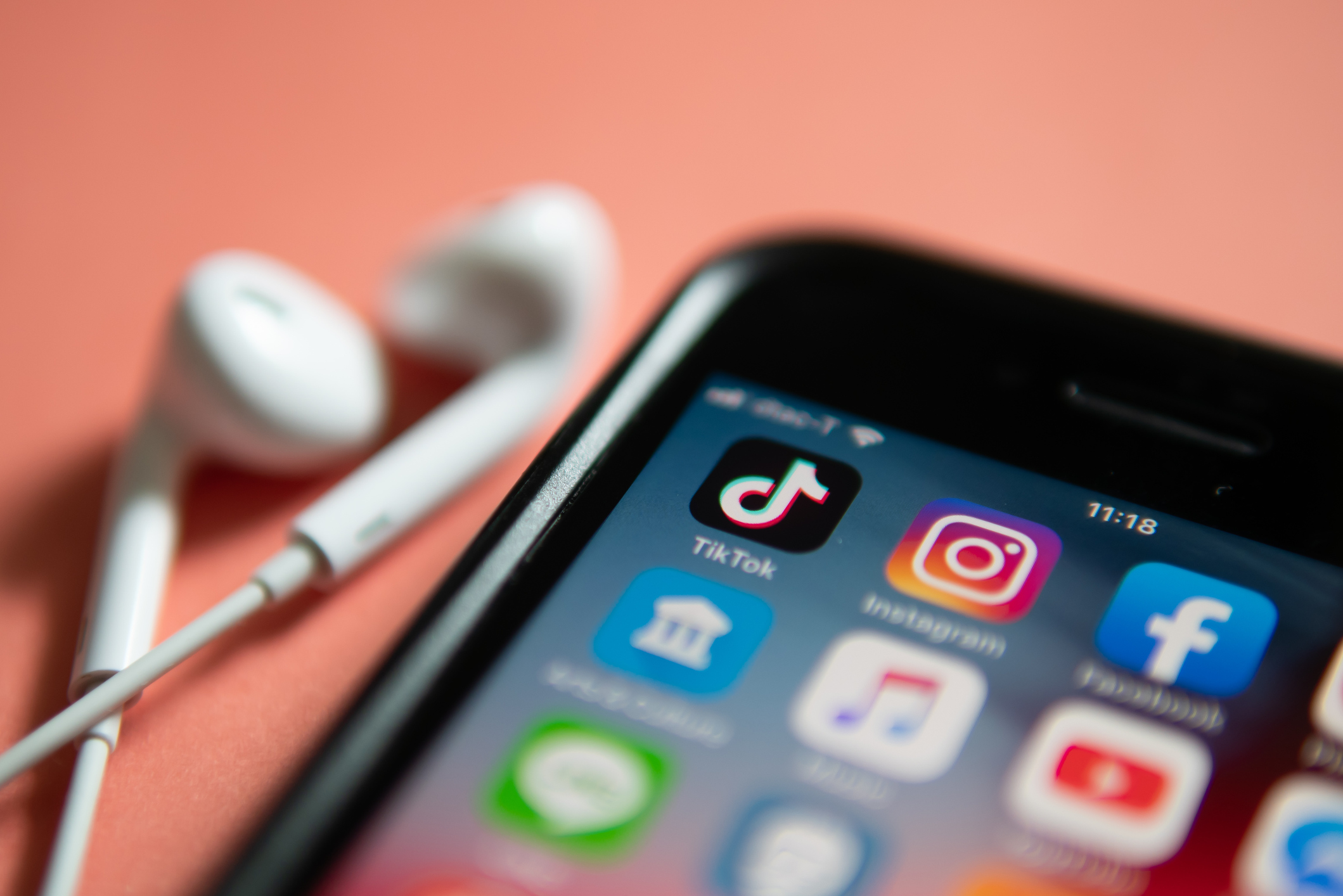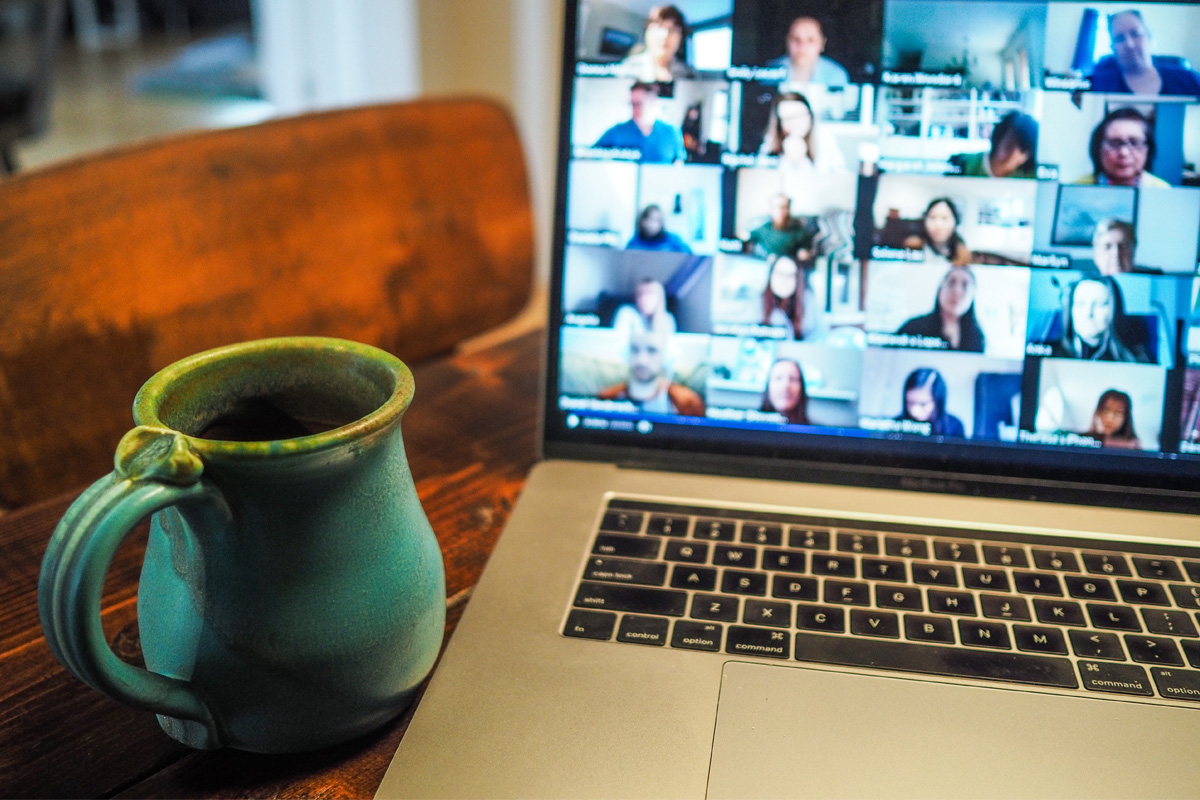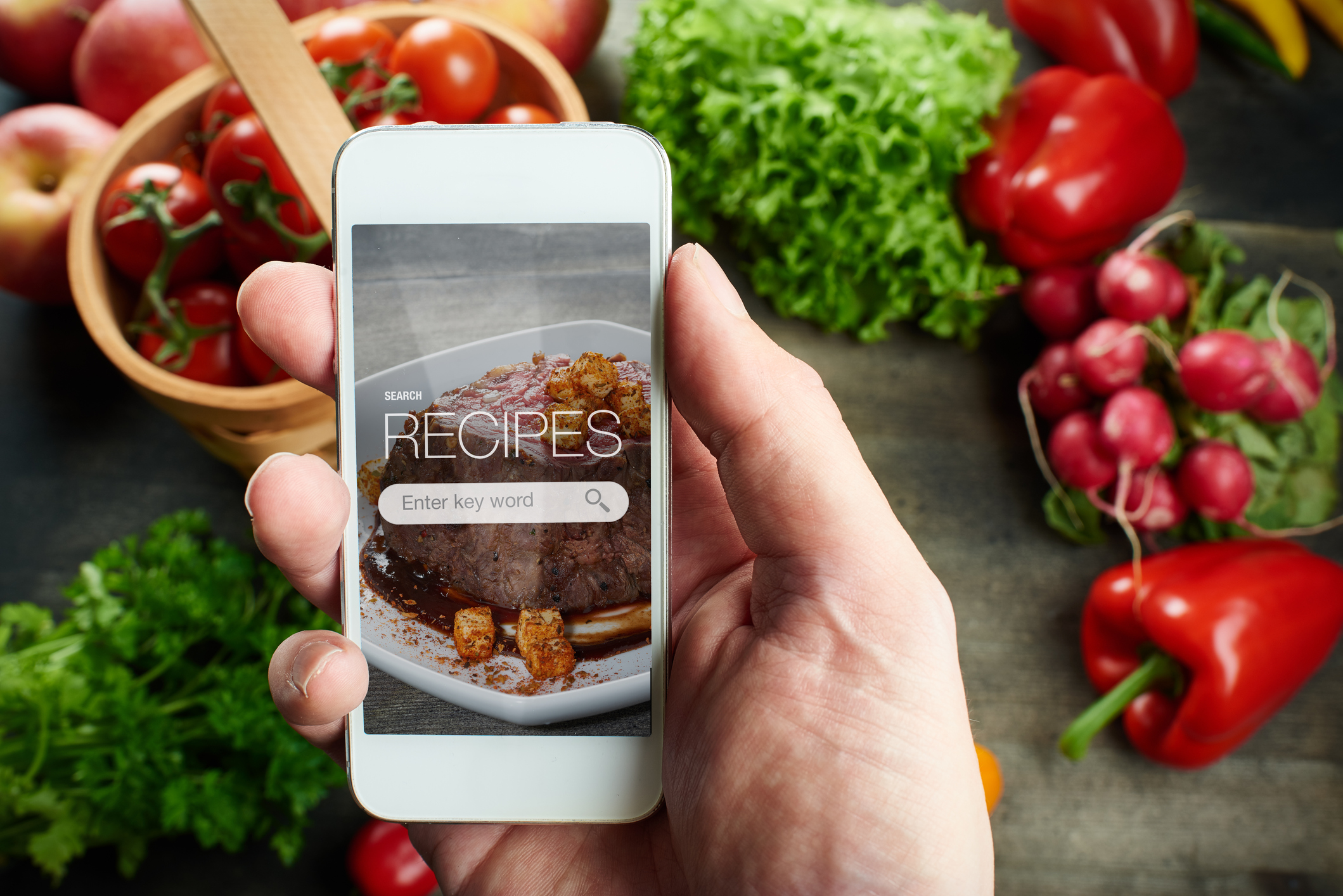The last year has seen huge impacts and changes in the nation’s media consumption as we have been placed in and out of lockdown due to the Coronavirus pandemic.
During the first UK lockdown in March 2020, we saw quite an immediate change in how people were consuming media. Some of those changes were because certain options were not accessible anymore, for example cinemas being instructed to close due to lockdown restrictions. Outdoor media consumption also took a massive hit as people were told to stay indoors and consequently, we saw footfall figures within the UK drop dramatically and in the first couple weeks of the first UK lockdown, we saw rail travel down by 95%, bus travel down by 88% and tube travel down by 94%
We also saw changes in media consumption driven by people adapting to new circumstances and utilising media to help them navigate through this new way of life. Many people were either unable to go to work or were working from home, and on top of this leisure time was also being spent at home as the hospitality and non-essential retail sectors were forced to close.
Boredom rocketed as the UK went into a lockdown
With little to do outside of the house, people were looking for things to do with their time, with Facebook reporting that there was a 918% increase in interactions of public posts using the word ‘bored’. There was even a song which went viral on the social platform TikTok which contains the lyrics ‘I’m bored in the house and I’m in the house bored’ on repeat, which at the time during the first UK lockdown was very relatable for many!
People therefore turned to other media for entertainment, to keep in touch with family and friends, to learn new skills and hobbies, and to keep in touch with the latest news.

Younger groups relied on social channels to stay connected
In a time of physical distancing, digital media was used more than ever as a tool for people to stay socially connected, and there was a surge in downloads of apps that facilitate remote working and virtual socialising.
Recent results from the IPA show that the lockdown drove 16-34s further towards social media much more than it did for older groups. It perhaps acted like a platform to connect them to the world and keep connected as their social lives disappeared.
However, lockdown has revealed how much people miss seeing friends and family in person, and whilst technology allows people to stay in touch, people are craving being physically close to loved ones and more frequent time with friends and family is high on many people’s list once lockdown is lifted. Therefore, it will be interesting to monitor the immediate effects on these platforms once lockdown restrictions are eased, as it could be that there is an initial drop off as people use their time to see others instead of spending it online.

Publishers have tapped into the hobbies and activities that readers are craving
Data shows that 1 in 5 people took up new hobbies and activities to avoid boredom during Covid, with some of the most popular being arts and crafts, gardening and cooking.
Publishers have played a big role in providing inspiration and information over the last year, with traffic and interest increasing across many portfolios. Special interest titles such as gardening and cooking titles have seen growth in subscriptions and overall circulation, as 66% of people claim their passions help them get through difficult times. Many magazines have even adapted their content to be as useful, relevant, and positive as possible in order to tap into what people want, with 31% saying they have a closer relationship to their favourite magazine now compared to pre-lockdown.

Older audiences have turned to traditional channels
We have seen large increases in TV and Radio usage since the pandemic started as people turned to these trusted channels for information on the latest news regarding the pandemic, as well as seeing them as a form of escapism and entertainment.
Those aged 55+ increased their usage of these more traditional broadcast channels, and for the first time since 2015 there was growth in both reach and time spent with Print, linear TV and Radio.

Which Covid-19 media habits will stick?
Even a year on, we still don’t know what the full implications of Covid-19 on the media landscape will be, but given that research has shown adopting a new habit takes an average of 66 days, it’s likely that the changes in people’s daily lives will continue to prompt many to re-evaluate their usual routines and behaviours as we come out of lockdown. The fact that we have seen younger consumers became even more digital in their media consumption habits, whilst older consumers turned away from digital in favour of more traditional channels suggests that brands may need to rethink the way they are targeting their core audiences moving forward.






